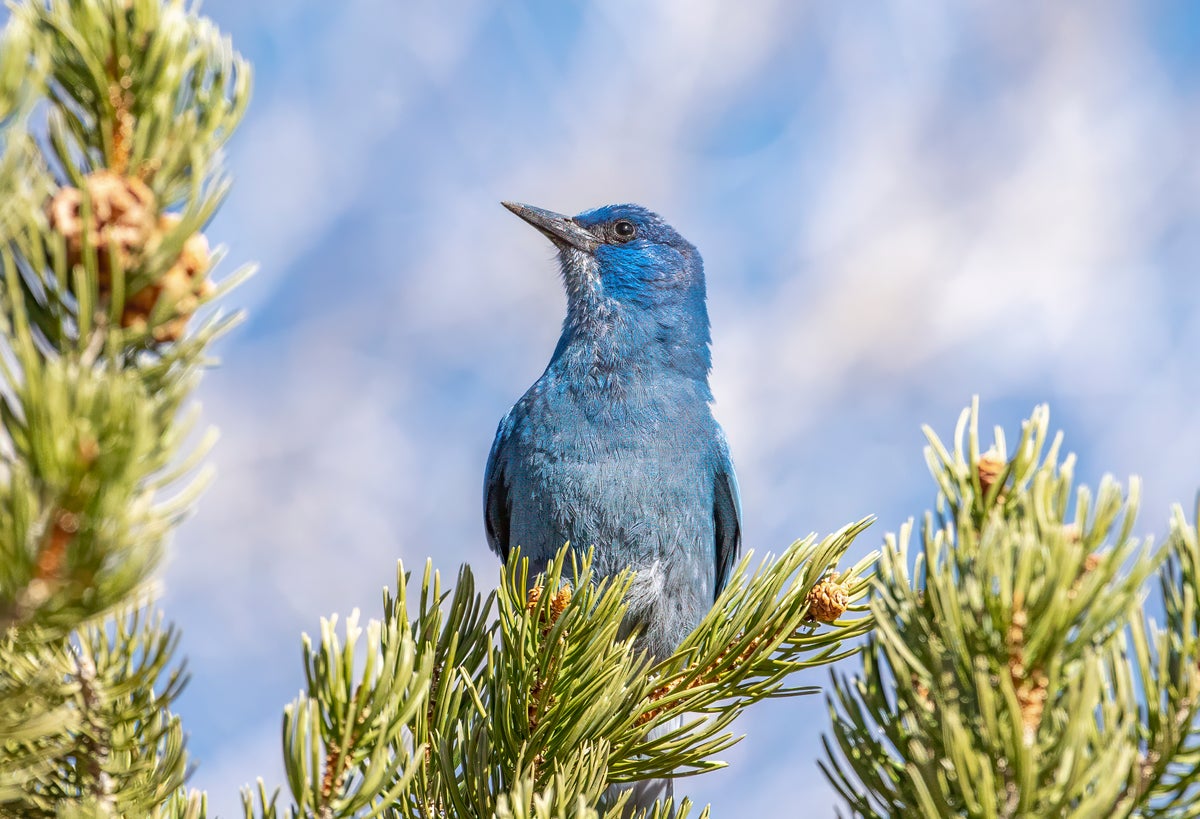Urgent Warning: North American Bird Populations in Decline
A new report reveals that 112 bird species in North America have lost over half their populations in the last 50 years, signaling an urgent need for conservation.
Overview
The latest report highlights alarming declines in bird populations, with 112 species down by more than 50% due to habitat loss and climate change. With one-third of U.S. species needing urgent conservation, experts stress immediate action to protect these crucial ecosystems before further losses occur.
Content generated by AI—learn more or report issue.

Get both sides in 5 minutes with our daily newsletter.
Analysis
- A new report indicates that at least 112 North American bird species have lost over half their populations in the past 50 years, highlighting urgent conservation needs.
- The decline in bird populations reflects broader environmental health concerns; if habitats are unhealthy for birds, they are also hazardous for human populations.
- Successful conservation efforts can lead to significant recoveries, as shown by examples like the bald eagle, emphasizing the need for continued funding and policy support.
Articles (5)
Center (3)
FAQ
The primary factors include habitat loss, climate change, agricultural intensification, pesticide use, and direct threats such as collisions with glass and predation by free-roaming cats.
Yes, some species like wetland birds and raptors have shown population gains due to conservation efforts. Wetland birds benefited from habitat restoration, while raptors like the Bald Eagle recovered after the ban on DDT.
Individuals can help by planting native species in gardens, keeping cats indoors, supporting conservation efforts, and participating in bird-watching activities to contribute to data collection.
Bird conservation and bird-watching activities contribute significantly to the U.S. economy, with an estimated economic output of $279 billion and supporting 1.4 million jobs.
History
- This story does not have any previous versions.



